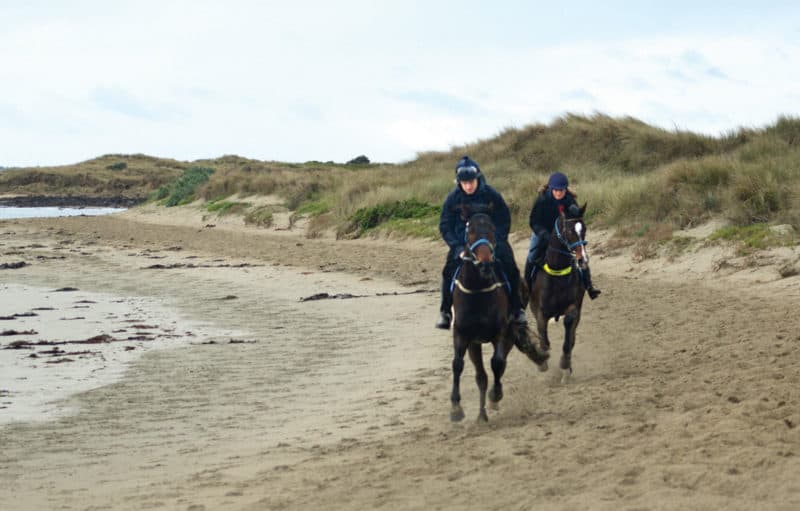PARK WATCH June 2017 |
Growing at 2.5 per cent each year, Geelong is a city that now desperately needs a great park, says VNPA Marine and Coastal Coordinator Chris Smyth.
New York has Central Park and London Hampstead Heath. But Geelong’s green space is largely limited to Eastern Park and the Barwon River corridor, areas simply too small to cater for the growth— another 100,000 people by 2036.
Parks and nature are good for community health, so when the chance to create a big new park presents itself, you would think that planners would be all over it. Sanctuary or developer’s dream?
Not so at Moolap, where closure of the Cheetham Saltworks and Alcoa’s Point Henry aluminium smelter, and a proposed canal estate, have been the impetus for a major planning process covering 1,200 hectares of coastal land and nearshore waters.
It’s a special place on the front doorstep of Geelong. The coastal wetlands each year attract thousands of migratory birds in need of our protection under international treaties. Seagrass meadows surrounding Point Henry are some of the largest in Port Phillip Bay. And remnants of once extensive native vegetation are found along the foreshore and in corridors restored by the community.
But Moolap is also a coastal area with water access and elevated views of Port Phillip Bay.
To ‘take advantage’ of this, the draft Moolap Coastal Strategic Framework Plan prepared by the Department of Environment, Land, Water and Planning (DELWP) has proposed that Point Henry be designated a new growth area for Geelong.
That would see up to 2,000 people living in medium and high-density residential development, mooring their boats in new marinas and rubbing shoulders with thousands of visitors staying in multi-storey tourist accommodation.
Another large area of residential development is also proposed for rural land that for many years has acted as an important buffer between Geelong and the Bellarine Peninsula.
The plan does suggest that part of the coastal wetlands be zoned for environmental purposes, but more for recreation than conservation. And there may have to be commercial development to generate revenue to pay for wetlands management.
The area’s seagrass meadows are largely ignored, except as a location for marinas, and remnant vegetation will suffer from urban development and visitor pressures.
These proposals in the plan are inconsistent with the 2014 Victoria Coastal Strategy, which urges the conservation of natural values and the avoidance of linear development.
The final plan is due out by the end of 2017, signaling the start of planning zone amendment processes to integrate it and the City of Greater Geelong’s planning scheme. Download the draft plan at www.coastsandmarine.vic.gov.au/coastal-programs/moolap
VNPA, along with the Geelong Environment Council, Geelong Field Naturalists Club, Birdlife Australia and other groups, are deeply concerned about the scale and type of development proposed for Moolap. They will continue to advocate for the conservation of its wetlands, seagrass meadows and remnant vegetation, and for a plan that takes advantage of these natural values by recommending a park—a great one—for Geelong.
More information
VNPA’s submission to the Moolap Coastal Strategic Framework Plan.
